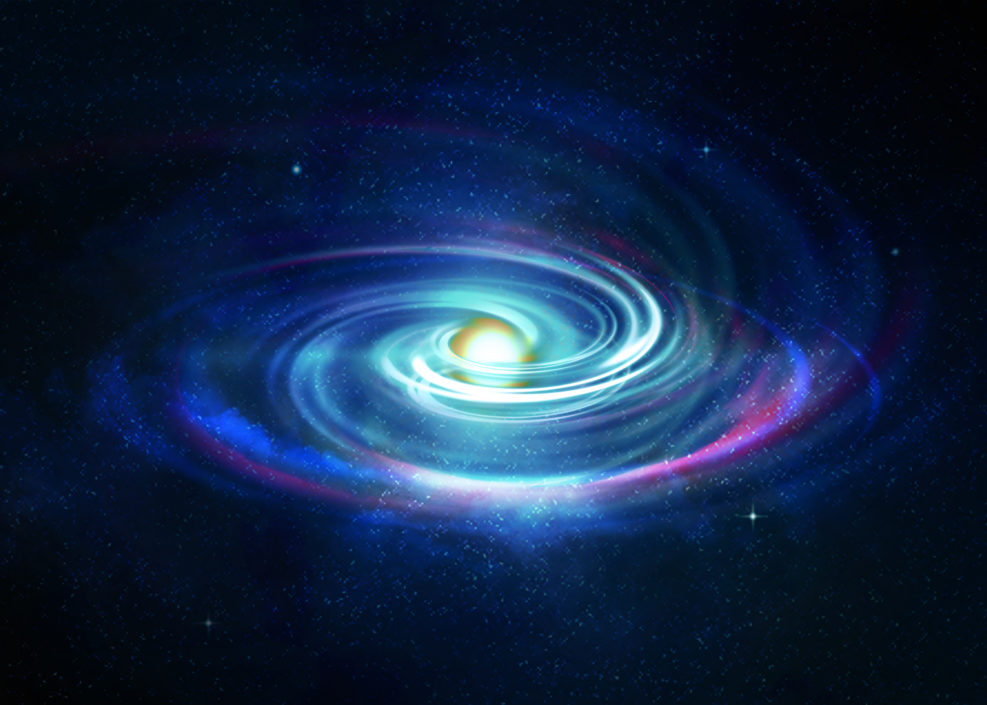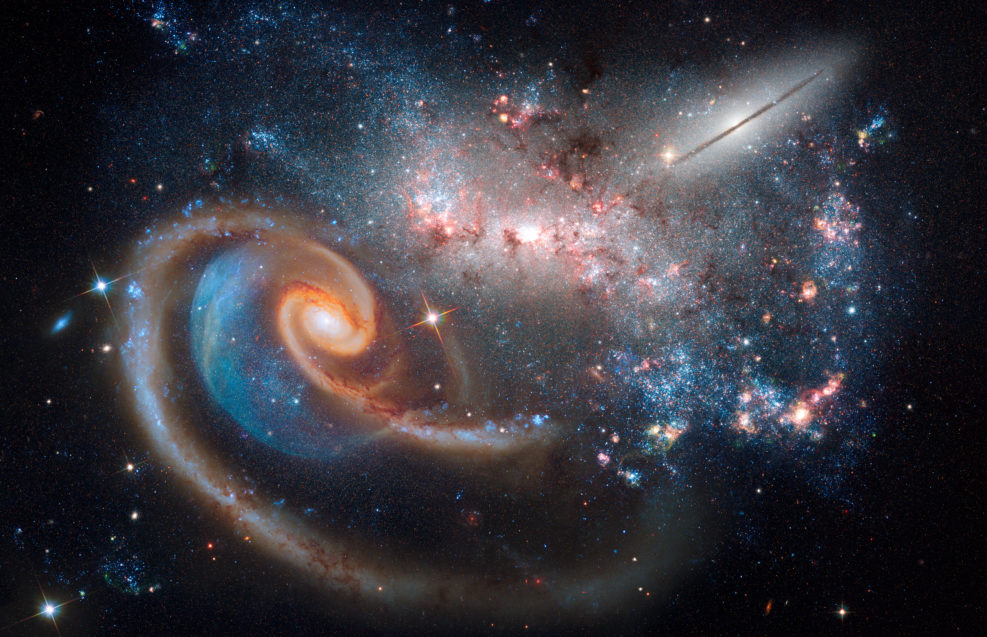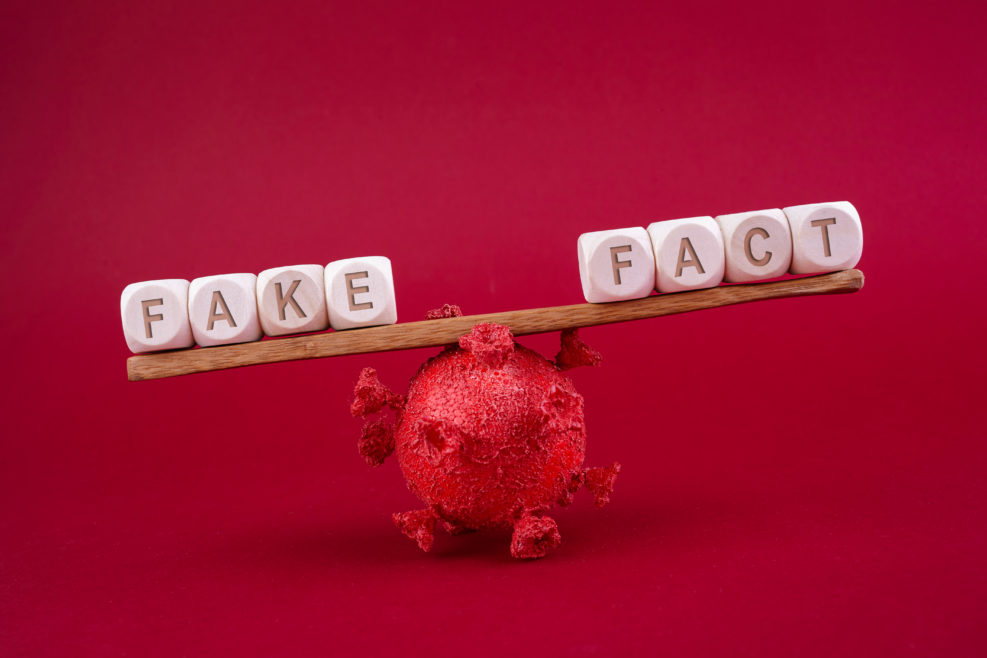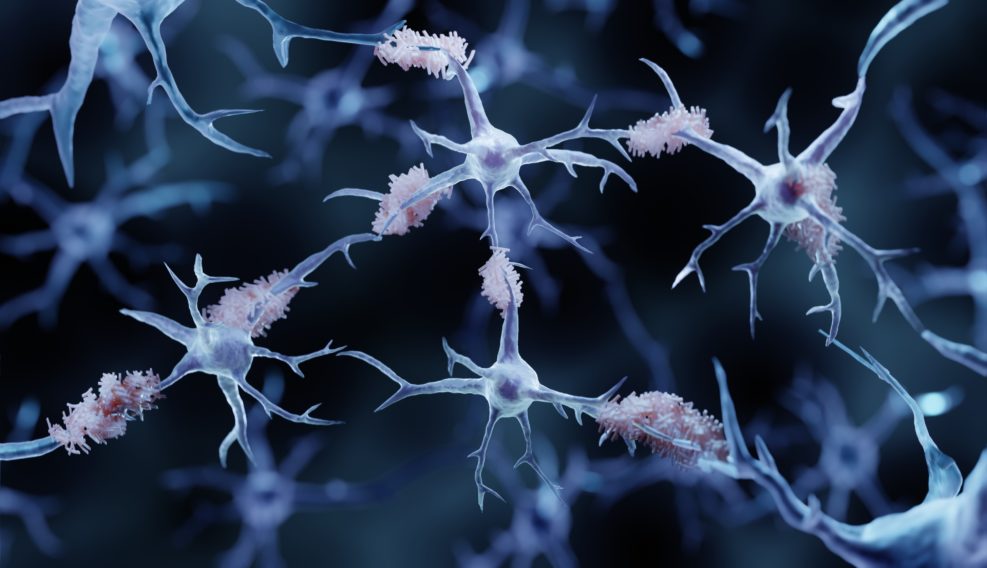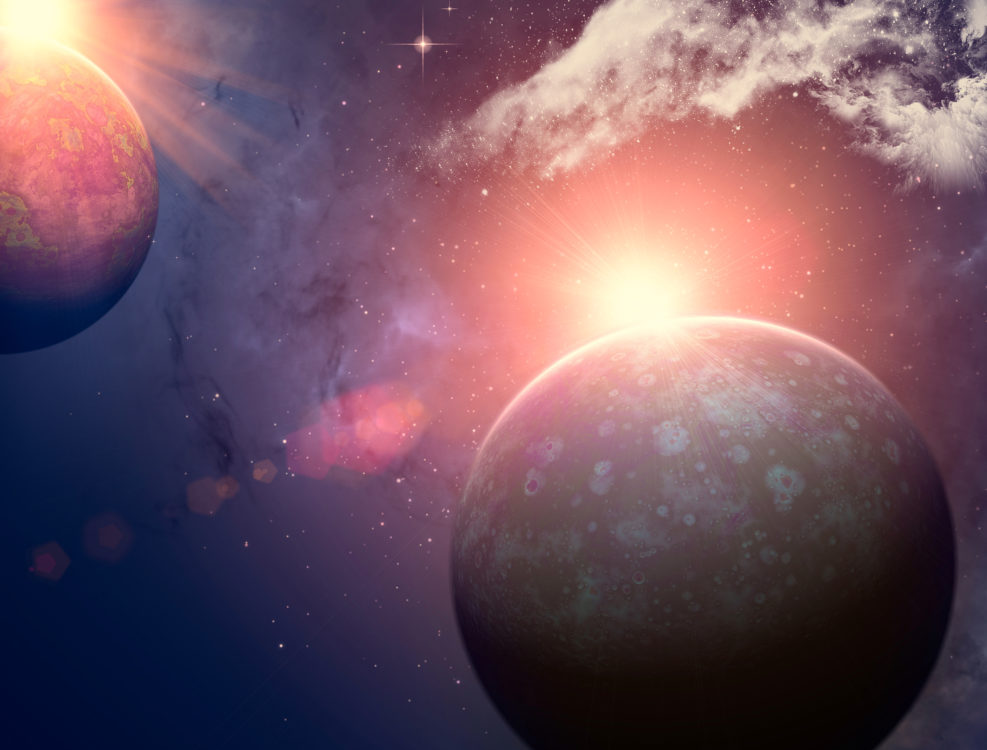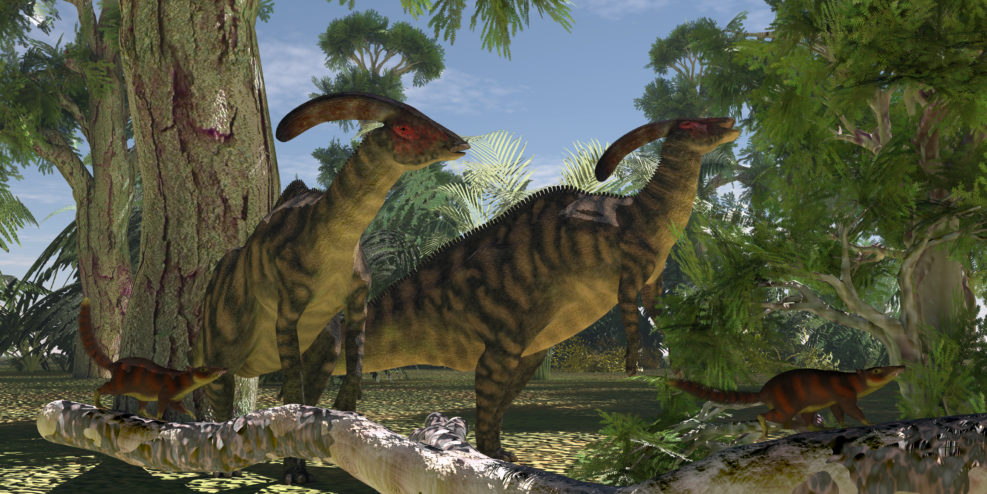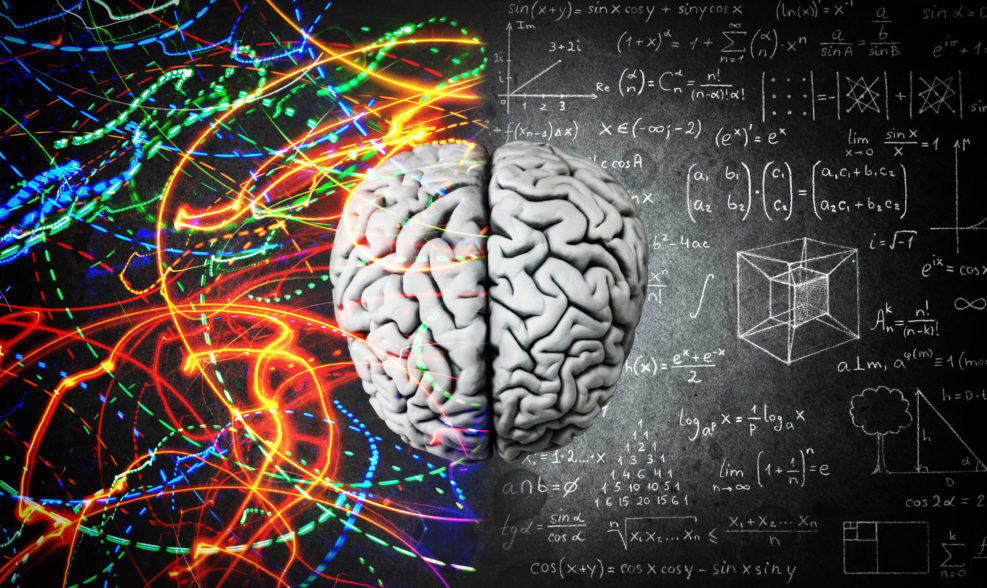
Philosopher: “Universe Fine-Tuned for Life” is Just Folk Belief!
Do physicists claim that the universe is fine-tuned for life only when writing for a popular audience — and not in their professional work?Closer to Truth recently published a revealing podcast in which host Robert Lawrence Kuhn asked late Western Michigan University philosopher Quentin Persifor Smith (1952–2020), “What Does a Fine-Tuned Universe Mean?” (Aug 31, 2022). Smith iss esteemed for his work on philosophy of time, philosophy of religion, naturalism and atheism, philosophy of Big Bang cosmology and quantum cosmology. So can we really draw conclusions from the fact that our universe appears fine-tuned for life? Kuhn’s questions and Smith’s responses help us understand why the question remains controversial. A partial transcript and notes follow. Quentin Persifor Smith: (1:43) If the universe is causally deterministic, you can take whatever happens at any point and infer backwards that this is what must have happened, Read More ›
